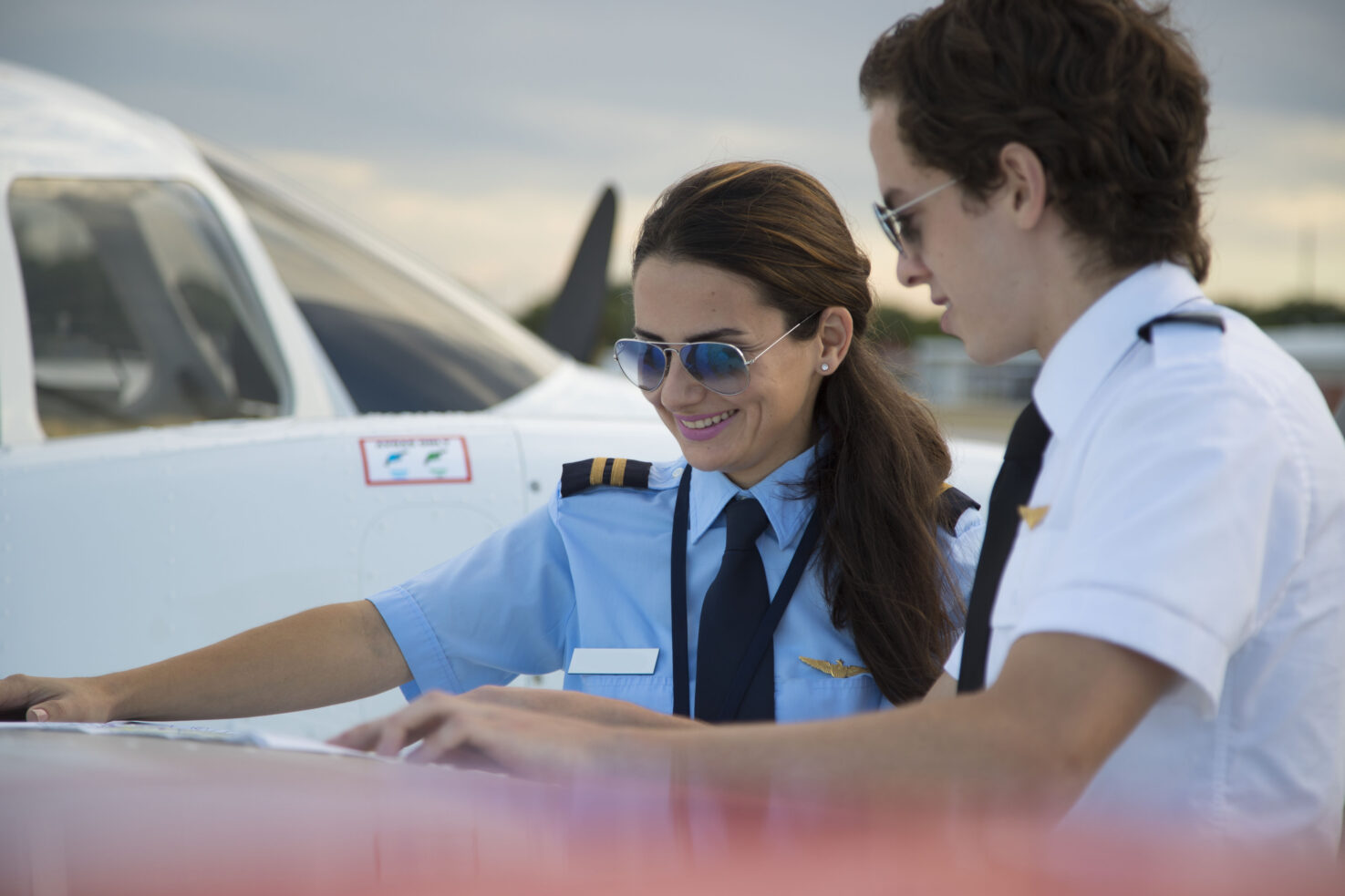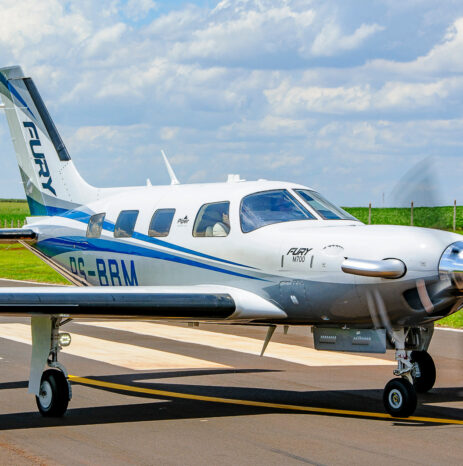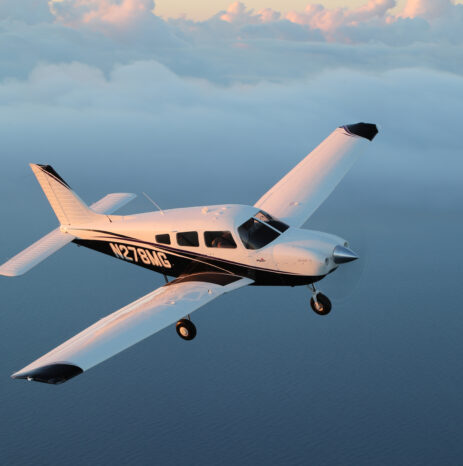For many pilots, earning a private pilot certificate is just the beginning. The next major step in building a career in aviation is obtaining a commercial pilot certificate. This transition comes with higher training standards, new responsibilities and the ability to fly for compensation.
In this guide, we’ll walk through what separates private and commercial certification, what’s required to make the move and how to approach the process with clear goals, smart planning and the right equipment.
The Journey From Private to Commercial Pilot
If you already hold a private pilot certificate and are thinking about flying professionally, you’re not alone. Many pilots begin by flying for personal passion, then shift toward turning that passion into a career. The next major step in that journey is earning your commercial pilot certificate.
While both certificates allow you to act as pilot in command of an aircraft, the commercial certificate unlocks a wider range of privileges.
Legal Privileges and Restrictions
The biggest distinction between private and commercial pilots comes down to compensation. Under FAA regulations:
- Private pilots can fly for personal or recreational purposes and may split certain operating costs with passengers, but they cannot be paid to carry passengers or property. There are limited exceptions, such as flying for charitable events, flight demonstrations or search operations, but compensation is not allowed in the typical sense.
- Commercial pilots, on the other hand, can be hired and paid to fly, whether transporting passengers, towing banners, conducting aerial surveys or flying cargo. Their certificate authorizes them to accept compensation for a wide range of aviation services, provided they meet applicable regulations for each operation.
Professional Expectations
Earning your commercial pilot certificate involves demonstrating a higher level of skill, judgment and professionalism.
Commercial pilots are held to more rigorous training and testing standards than private pilots, including complex aircraft operation, refined maneuvers and deeper aeronautical knowledge. You’ll also need to meet stricter medical requirements and maintain a more disciplined approach to safety, communication and decision-making.
Simply put, commercial certification means more than the ability to earn money. It represents a higher standard of performance, responsibility and precision in every flight.
Requirements to Move from Private Pilot to Commercial Pilot
Transitioning from private to commercial pilot certification is a rewarding challenge. You’ll need to meet higher standards of experience, training and testing, but with the right plan, it’s a clear and achievable next step.
Flight Hours Needed
To qualify for a commercial pilot certificate under FAA Part 61, you’ll need to log a minimum of 250 total flight hours, including:
- 100 hours in powered aircraft (including 50 hours in airplanes)
- 100 hours as pilot-in-command (PIC) (including 50 hours in airplanes)
- 50 hours of cross-country flight (10 in airplanes)
- 20 hours of flight training in areas like instrument flying, cross-country operations and complex or technically advanced aircraft
- 10 hours of solo flight (or PIC time with an instructor on board), including:
- One cross-country flight of at least 300 nautical miles
- 5 hours of night VFR with 10 takeoffs and landings at an airport with an operating control tower
While 250 hours is the minimum, many career-track pilots continue building hours toward the 1,500-hour benchmark needed for airline transport pilot (ATP) certification.
Written and Practical Tests
Commercial certification requires you to pass:
- A written knowledge exam covering advanced aeronautical topics like aircraft systems, performance planning, regulations and weather.
- A checkride (practical test) with an FAA examiner, including an oral component and flight demonstration. You’ll be evaluated on precision maneuvers, high-altitude operations, emergency procedures and more.
Expect a higher standard than your private pilot checkride. Commercial certification proves that you can operate safely, consistently and professionally.
Medical Certificate Requirements
To fly for compensation, you must hold a second-class FAA medical certificate. It involves a more thorough exam than the third-class certificate used for private flying and must be renewed annually to continue exercising commercial privileges.
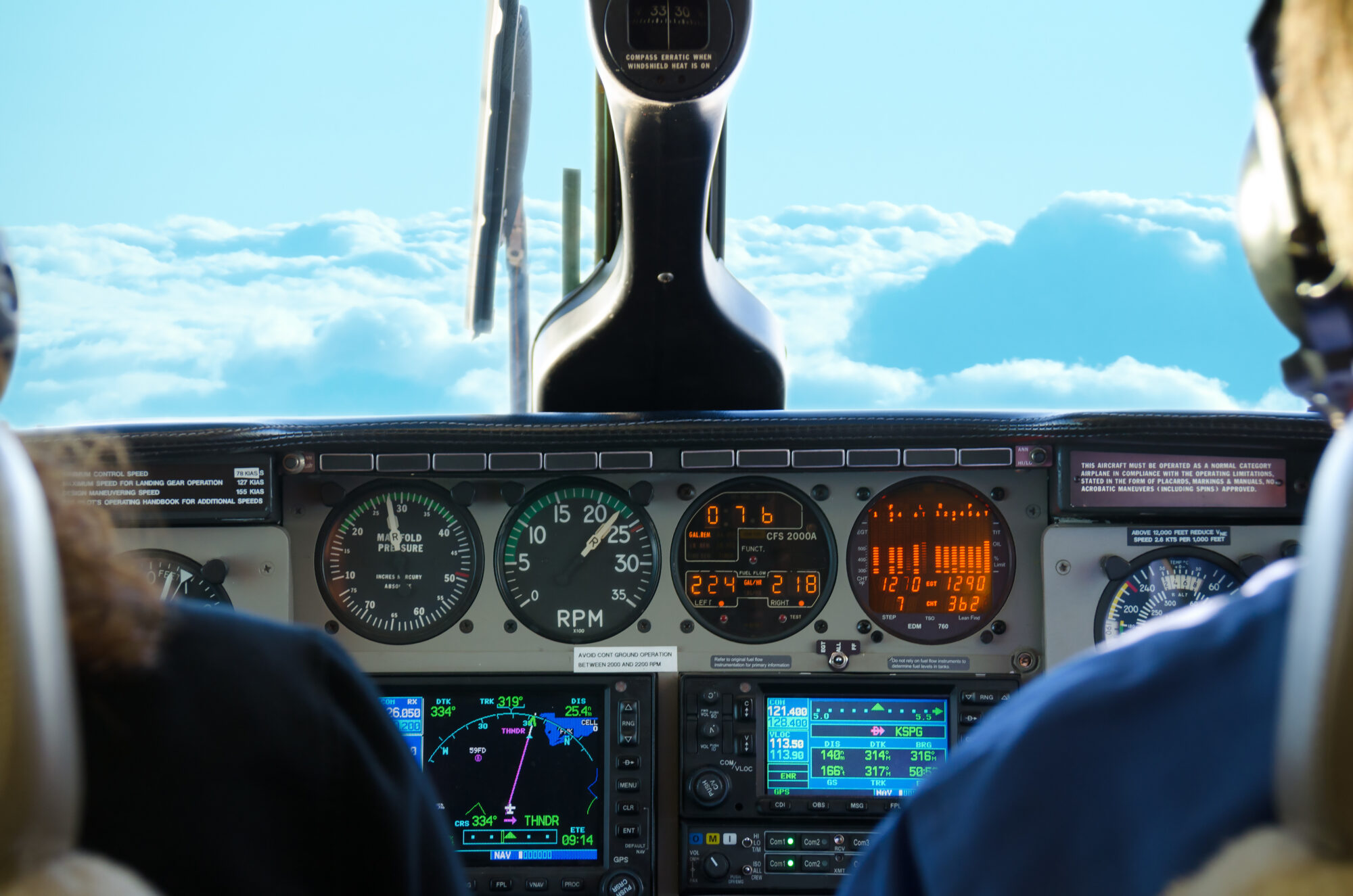
Tips to Bridge the Gap Efficiently
Making the jump from private to commercial pilot takes more than just logging hours. It calls for thoughtful planning, clear goals and the right approach to training. With a smart strategy, you can stay on track, control costs and make the most of every flight hour along the way.
Building Flight Time Strategically
The 250-hour minimum for a commercial certificate may seem daunting at first, but there are cost-effective ways to get there:
- Ferry flying: Help relocate aircraft for owners or maintenance shops.
- Banner towing: Gain hours while building stick-and-rudder skills in challenging conditions.
- Sightseeing and charity flights: These opportunities help reinforce cockpit professionalism and mission planning.
- Time-sharing with other pilots: Split rental fees and alternate flying legs to log PIC time.
- Volunteering for aviation nonprofits: Certain humanitarian or STEM outreach flights allow you to gain experience while giving back.
Choosing the Right Flight School
Where you train makes a difference. Look for a flight school with a strong commercial curriculum, modern equipment and a proven safety record. Schools that operate Piper aircraft like the Archer® TX or Seminole give you hands-on time with reliable, performance-oriented platforms designed specifically for flight training.
Training in Piper aircraft also means gaining early familiarity with systems, avionics and handling characteristics that will carry forward into more advanced models — ideal for pilots with long-term goals in mind.
Financial Planning for Commercial Training
Flight training is an investment, but it doesn’t have to break the bank. Consider:
- Bundled training packages that combine multi-ratings to reduce cost per hour.
- Financing options through aviation lenders that specialize in pilot education.
- If you qualify, scholarships from industry groups like Aircraft Owners and Pilots Association (AOPA), Women in Aviation International (WAI), the Experimental Aircraft Association (EAA) or the National Gay Pilots Association (NGPA).
- Flight school payment plans or structured pay-as-you-train models to spread out costs.
Career Opportunities After Earning a Commercial Pilot License
Earning your CPL opens the door to a wide range of aviation careers. Whether you’re building time toward an airline job or pursuing specialized flying roles, a CPL gives you the legal foundation to fly for compensation and start turning your passion into a profession.
Here are some of the most common and accessible career paths for newly minted commercial pilots:
Becoming a Certified Flight Instructor
One of the most popular next steps after earning a CPL is becoming a Certified Flight Instructor (CFI). Many pilots pursue their CFI certificate to build hours, sharpen their skills and gain paid experience — all while helping train the next generation of aviators.
CFI roles are especially valuable because they:
- Provide a steady stream of PIC time.
- Develop your communication and leadership skills.
- Keep you flying regularly in a structured, safety-focused environment.
If your long-term goal is the airlines, corporate aviation or charter, working as a CFI is a practical and respected way to reach the required minimums.
Charter and Corporate Flying Roles
With a CPL in hand, you may also find opportunities in:
- Part 135 charter operations, where you’ll fly clients on-demand in piston or turboprop aircraft.
- Corporate aviation, piloting business jets or high-performance piston aircraft for private companies.
- Fractional ownership programs, which offer scheduled flying for clients who own shares in an aircraft.
These jobs often offer more variety and flexibility than airline roles and may include everything from short hops to international missions. They also provide exposure to more advanced systems, mission planning and customer service expectations.
Other Commercial Pilot Careers
A CPL can also lead to unique and specialized flying opportunities, such as:
- Aerial surveying and mapping
- Agricultural flying (crop dusting)
- Skydiving and banner towing operations
- Emergency services or medical transport (with additional qualifications)
Each path offers its own blend of flying challenges, technical skill development and long-term potential.
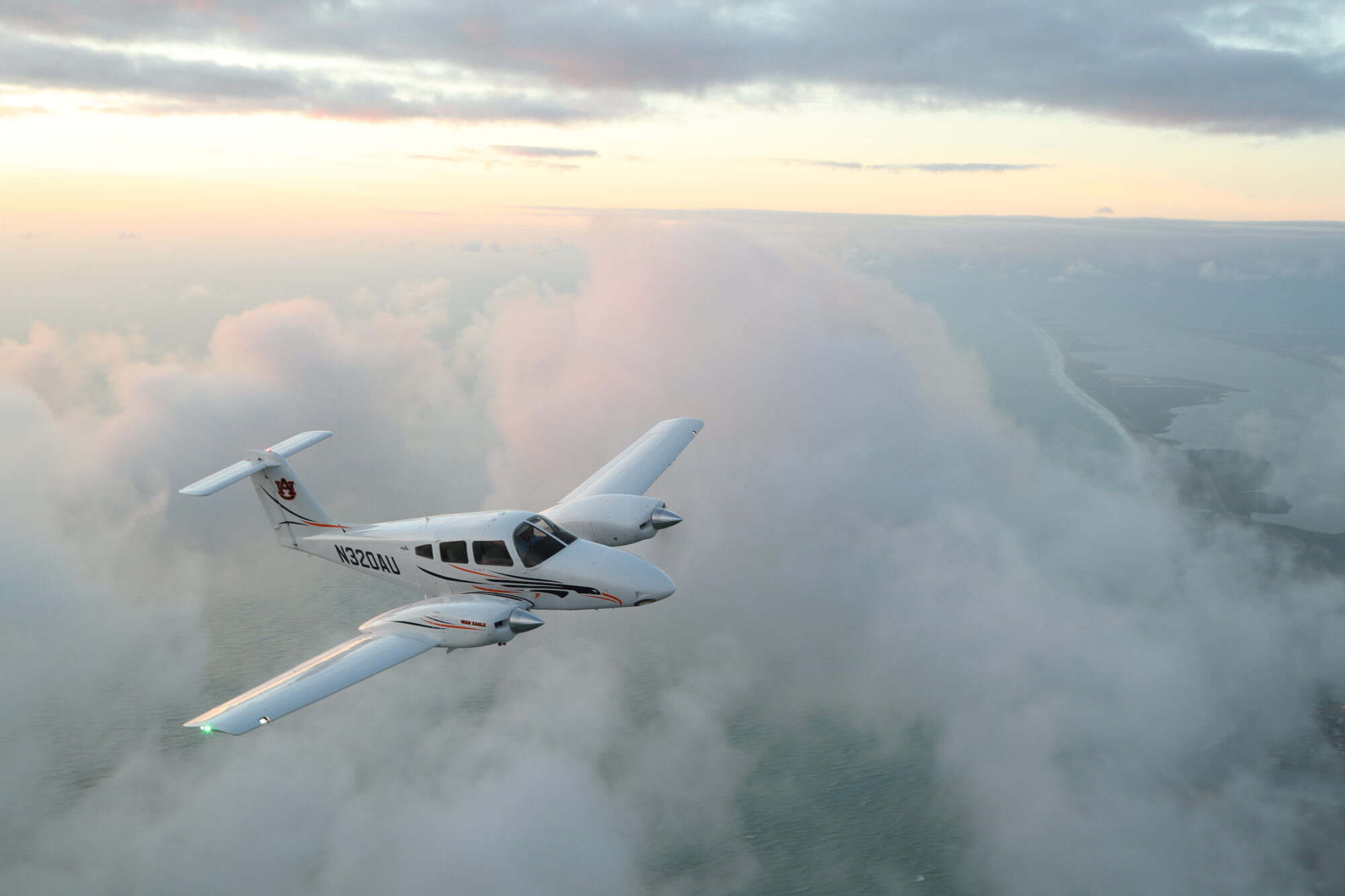
Taking the Next Step in Your Aviation Journey
Earning your commercial pilot certificate is a major milestone. It transforms passion into purpose and opens the door to new professional opportunities. With smart planning, quality training and the right aircraft behind you, the path from private to commercial pilot is both achievable and rewarding.
Piper’s training aircraft are built to support that journey. Whether you’re looking to refine your skills, build time or pursue advanced ratings, Piper delivers the performance and reliability flight schools trust.
Ready to take the next step? Find a flight school near you that trains with Piper aircraft and start building your future in aviation.
Find a Flight School